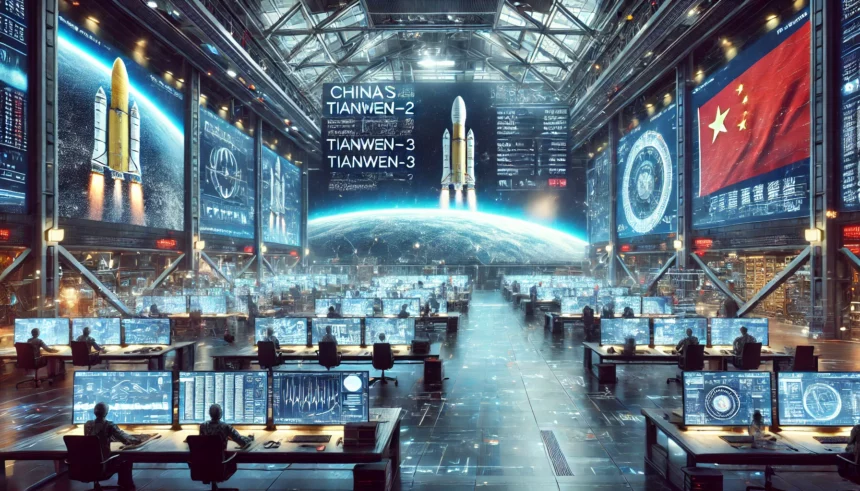China’s Vision for Space Exploration
The China National Space Administration (CNSA) is setting its sights on an expansive future in space exploration, with plans to launch a series of deep space missions over the next decade. These missions are designed to propel China to the forefront of space research and deepen our understanding of the cosmos.
A Decade of Ambitious Missions
Deputy head of CNSA, Bian Zhigang, outlined China’s future space endeavors during a recent press conference. The planned missions include Tianwen-2, set for 2025, which will target asteroid exploration. The following years will see the launch of Tianwen-3 around 2030, aiming to collect samples from Mars, and Tianwen-4, which will explore the Jovian system, also scheduled around 2030.
These initiatives build upon the success of Tianwen-1, China’s first Mars mission, which successfully completed its objectives in 2021. These forthcoming missions are expected to unfold over the next 10 to 15 years, each designed to extend the boundaries of current space technology and scientific knowledge.
Scientific Goals and Global Impact
The scope of China’s future missions is vast, focusing on several key scientific areas. Research will delve into the origin and evolution of the solar system, studying the impact of solar activities and celestial bodies on Earth, and the possibilities of life beyond our planet. These missions will also contribute critical data that could inform future space travel and the potential colonization of other planets. Learn more about the scientific goals of deep space missions.
Moreover, the Chang’e-7 and Chang’e-8 missions are part of China’s lunar exploration strategy. Chang’e-7 is tasked with surveying the moon’s south pole, while Chang’e-8 will test technologies for the in-situ utilization of lunar resources. These lunar missions are crucial steps towards long-term lunar exploration and utilization.
Advancing Technology and International Collaboration
China is keen on advancing its space technology through the development of heavy-lift launch vehicles and reusable space transportation systems. These technological advancements are essential for the long-term sustainability and cost-effectiveness of space missions.
On the international front, CNSA is actively collaborating to build the International Lunar Research Station. This initiative aims to create a shared space for scientific research on the moon, promoting a spirit of cooperation and knowledge exchange among the global space community. Explore the International Lunar Research Station project.
China’s bold plans for space exploration signify a major leap in its capabilities and ambitions in space. By pushing the limits of current technology and fostering international partnerships, China is poised to play a pivotal role in shaping the future of global space exploration.
















